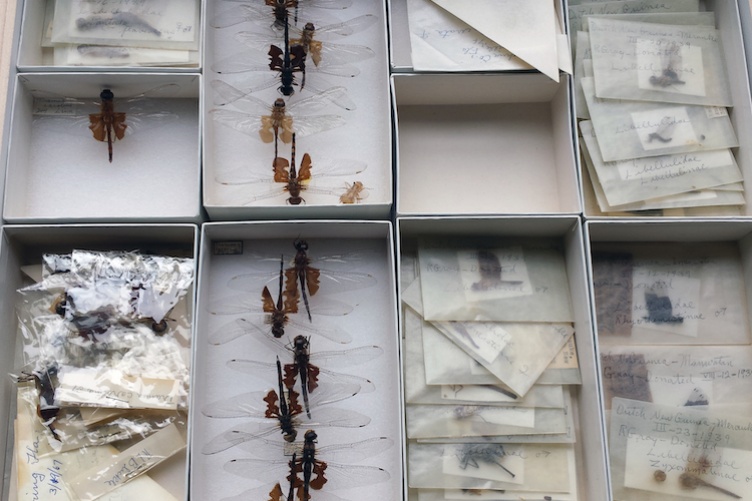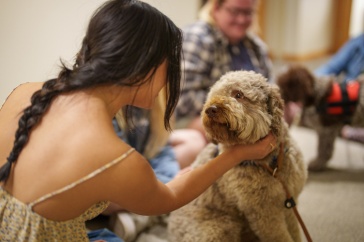
Photo: UNH insects collection
Istvan Miko compares the 700,000 specimens in UNH’s insects and other arthropods collection to “books in the library of life.”
We’re talking beetles and spiders and caddisflies and water bugs and more. In 1984, the specimen count was around 300,000. Today, at nearly three-quarters of a million samples, it is the largest collection of all state universities in New England.
And yet, as with other “libraries” around the country, its benefits have not been realized. Researchers at other institutions haven’t had full access; interested citizen scientists can view only about 2 1/2 percent of the specimens; and the spread of disease-carrying pathogens hasn't been accurately mapped.
Now, a $4.3 million grant from the National Science Foundation (NSF) will help make the collection, and that of 26 other research institutions, accessible to the research community and the general public. The Terrestrial Parasite Tracker project will mobilize data and images from more than 1.3 million arthropod specimens from research collections across the United States.
“Having this data available will help us understand health in humans, in ecosystems and even climate change,” says Miko, collection manager at UNH.
That data will be combined with vector and disease-monitoring data from state and federal agencies, creating a portal for researchers to track past parasite distributions and their interactions with hosts predict future changes. Purdue University is leading the effort.
Parasites play a significant role in human health, wildlife conservation and livestock productivity. Their populations are believed to be increasing and, because most specimens are stored in research labs and collections across the country, it has been difficult to have an accurate picture of where that is happening.

“Having this data available will help us understand health in humans, in ecosystems and even climate change,” says Miko, collection manager at UNH.
He cites the deer tick as an example. As the tick population has multiplied, the risk they pose to humans and other animals has increased. Statistics from 2018 show New Hampshire has one of the highest rates of Lyme disease in the country. The winter tick is decimating the moose population across New England.
And then there is West Nile. Miko notes the virus spread from Africa to Europe to the Middle East, Asia, Australia and the United States. It is now found in New Hampshire.
“If we understand the vectors of certain diseases, we can come up with models and predict what’s going to happen 20, 30 years from now,” Miko says. “We can hopefully come up with treatments or ways to combat the spread of the diseases.”
One way to do that is to make access to insects and other specimens more readily available — or as Miko puts it, “create a library for scientists.” At UNH, only about 17,000 species can be viewed online. An expanded database will increase its usefulness.
UNH’s portion of the NSF grant ($109,000) will be used to create high quality 3D images of the specimens, and for outreach and education on how disease vectors carry and transmit pathogens.
-
Written By:
Jody Record ’95 | Communications and Public Affairs | jody.record@unh.edu

















































